Map of the Route
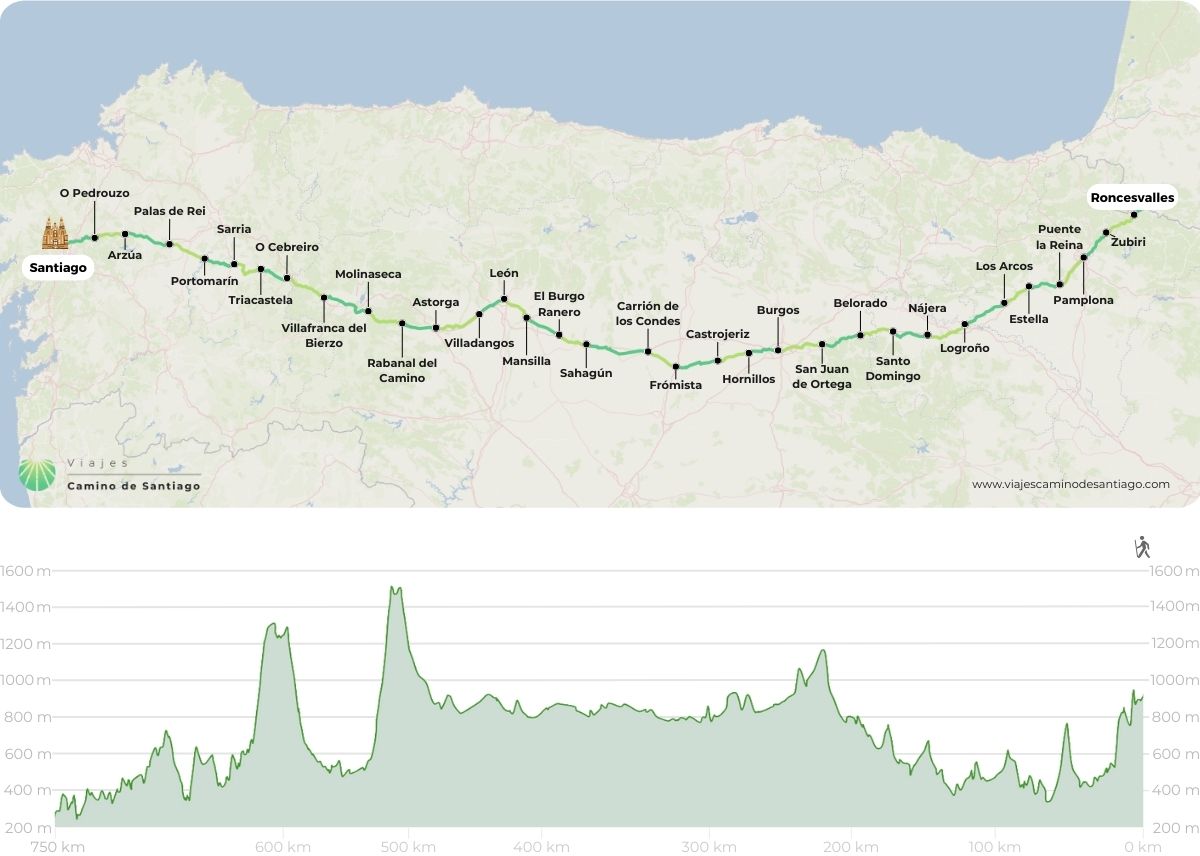
Stages of French Way from Roncesvalles to Santiago de Compostela
Accommodation prices
Private hostels
1165 €
Hostels and pensions
2185 €
Types of accommodation
In hostels and guesthouses from Roncesvalles
In private hostels from Roncesvalles
Details ofFrench Way from Roncesvalles to Santiago de Compostela
Services included
Optional Services
| Service | In private hostels from Roncesvalles | In hostels and guesthouses from Roncesvalles |
|---|---|---|
| Not available | 280€ per person | |
| Not available | 775€ per person | |
| Not available | 960€ per single room | |
| 25€ per person | 75€ (single room) // 120€ (double room) | |
| Breakfast | ||
|---|---|---|
| In private hostels from Roncesvalles | Not available | |
| In hostels and guesthouses from Roncesvalles | 280€ per person | |
| MP (Breakfast and dinner) | ||
| In private hostels from Roncesvalles | Not available | |
| In hostels and guesthouses from Roncesvalles | 775€ per person | |
| Supplement for single room | ||
| In private hostels from Roncesvalles | Not available | |
| In hostels and guesthouses from Roncesvalles | 960€ per single room | |
| Extra night in Santiago de Compostela | ||
| In private hostels from Roncesvalles | 25€ per person | |
| In hostels and guesthouses from Roncesvalles | 75€ (single room) // 120€ (double room) | |
| In private hostels from Roncesvalles | ||
| In hostels and guesthouses from Roncesvalles | ||
Photos
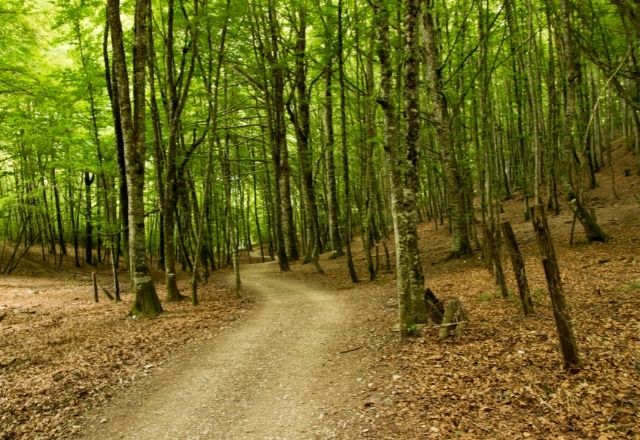
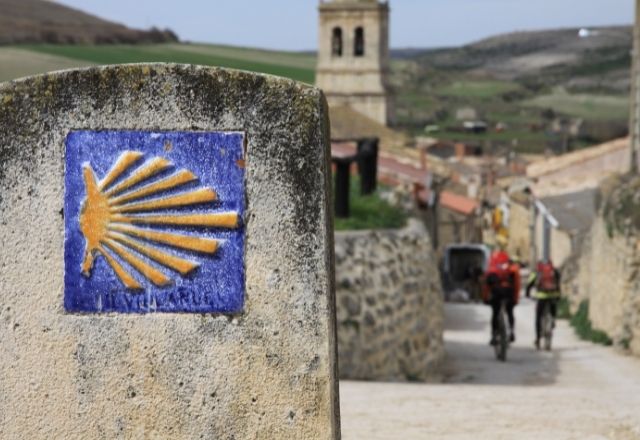
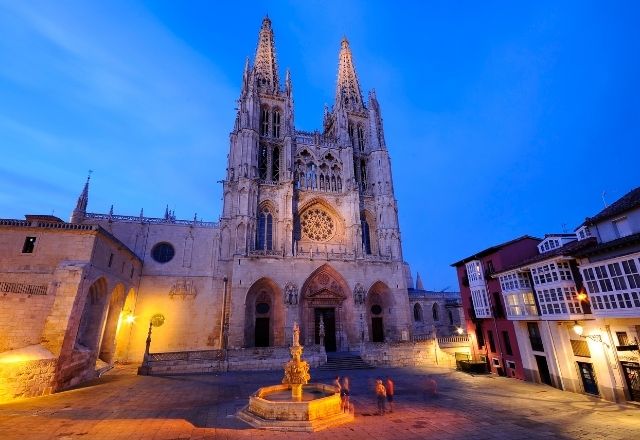
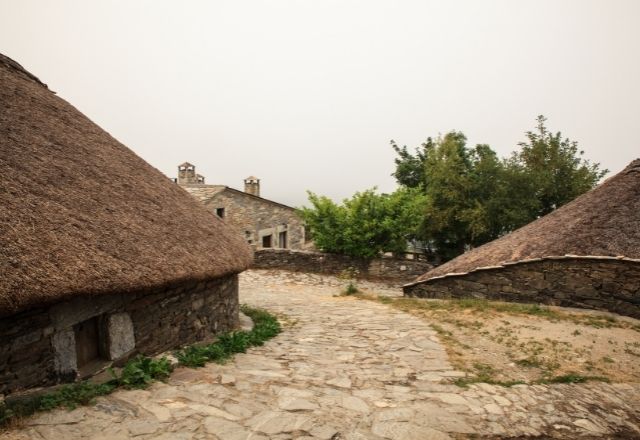
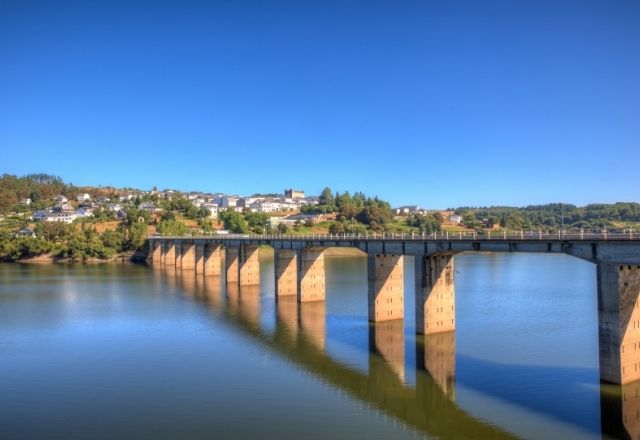
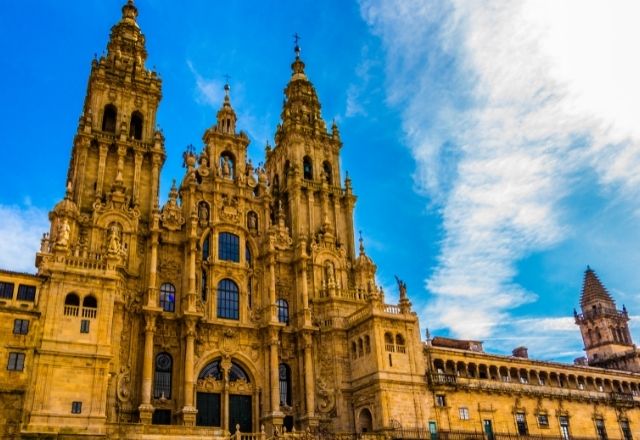

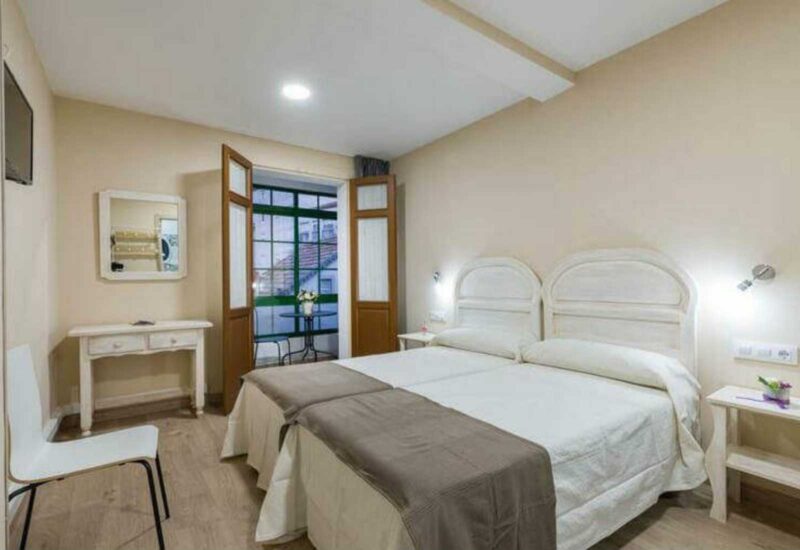
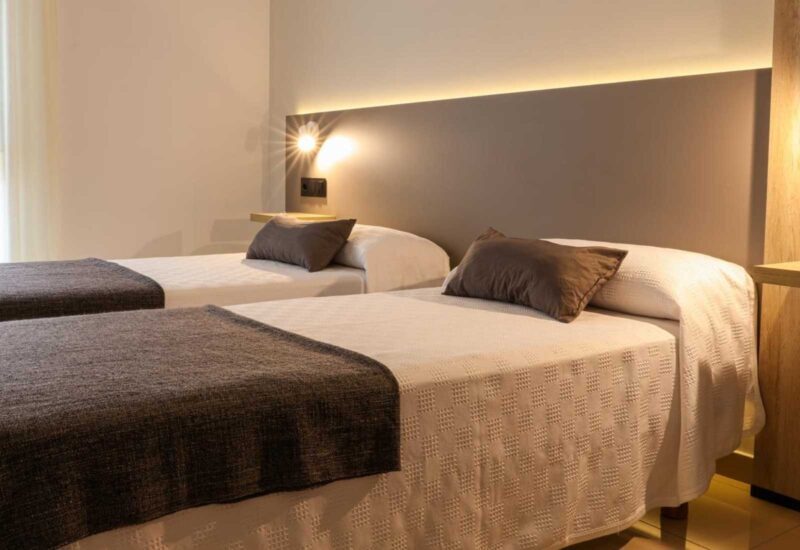
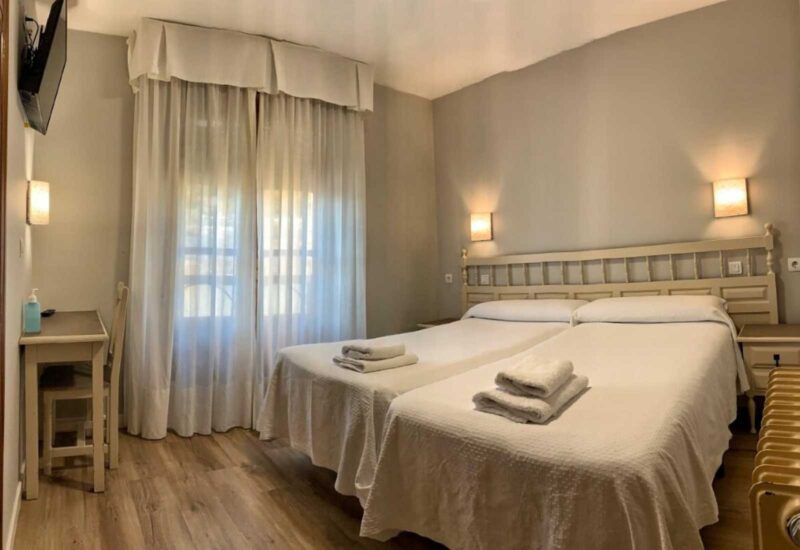
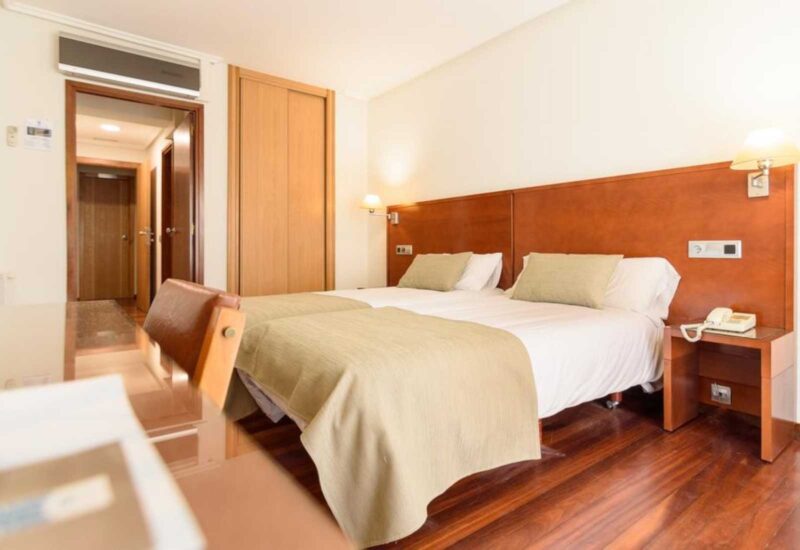
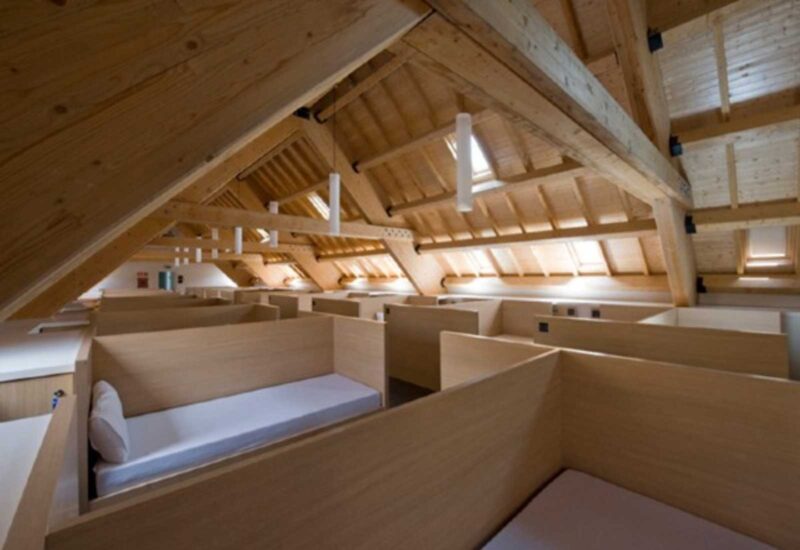
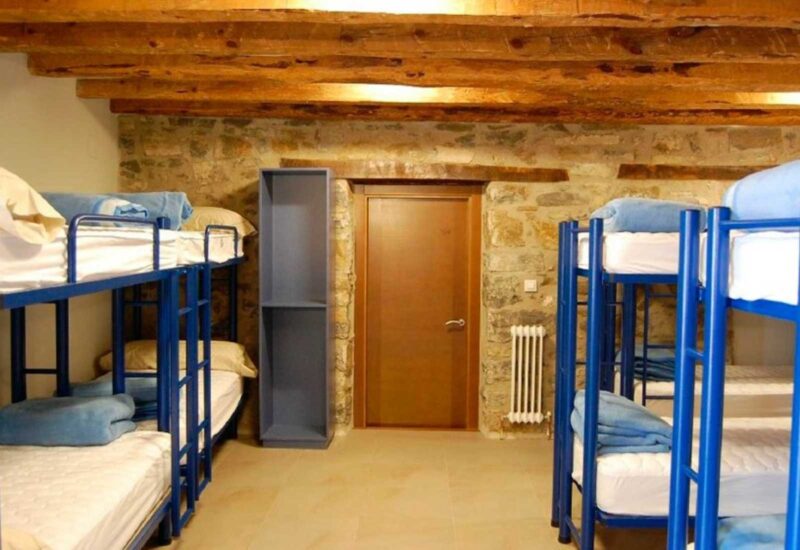
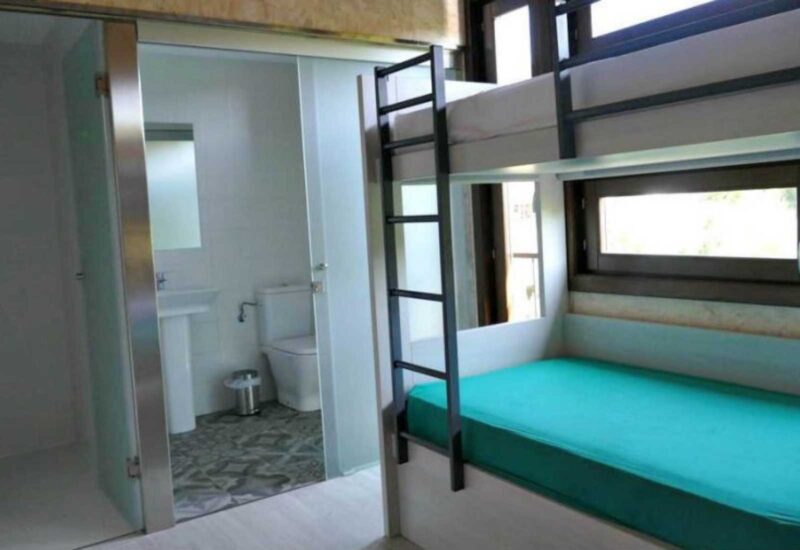
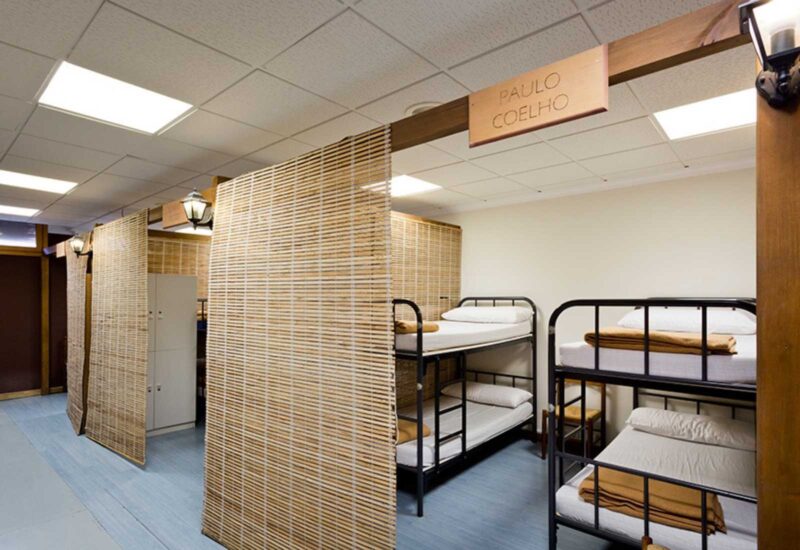
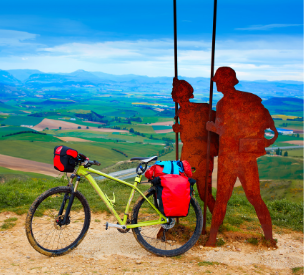
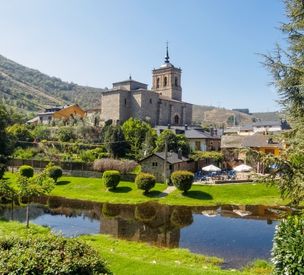
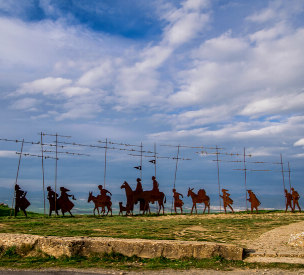
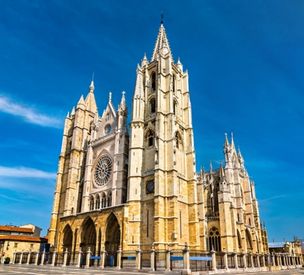
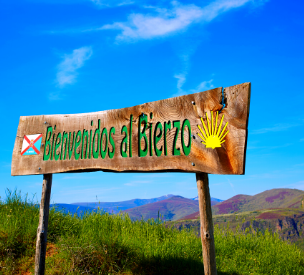
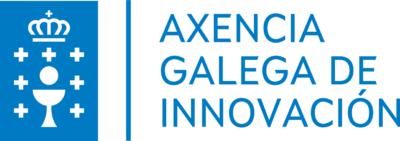


Reviews
There are no reviews yet.